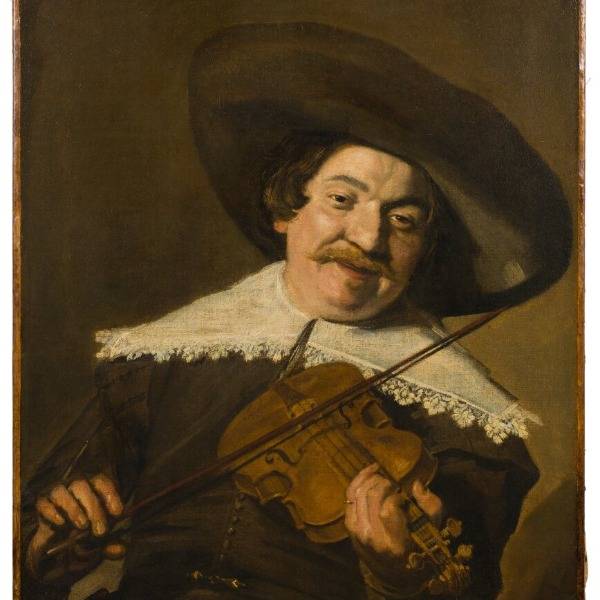“Love and eternal trust always.” The words are Joan Crawford’s; the sentiment might well be attributed to anyone who was also photographed with exquisite care by Eve Arnold, the Magnum photographer, who died on 4 January 2012, aged 99.
What a century she lived through, and how clearly she saw it, perhaps most especially the 1950s, when Arnold was in her prime, when she joined the prestigious photo collective Magnum as its first female member, and when she began photographing a young starlet called Marilyn Monroe. Theirs was a symbiotic relationship, hallmarked by respect on both sides, spanning ten years (longer than any of Monroe’s marriages). Although Arnold photographed Monroe the legend, her gift to iconography was Monroe the woman, traversing her beauty/pain dialectic like a tightrope walker.
Arnold was a trailblazer, a word, like “legendary”, that is apt only rarely. On reviewing her portfolio as she joined Magnum, Robert Capa famously described the arc of her work as falling “between Marlene Dietrich’s legs and the bitter lives of migratory potato pickers”. She photographed fashion shows in the “ghetto” of Harlem, captured Malcolm X as he collected funds for black Muslims, took pictures in a Russian asylum for the insane, and in apartheid South Africa of women and children living in deadly poverty. Arnold felt that witnessing children die in their mothers’ arms had broken her heart, using the emotive phrase not metaphorically but to describe the specificity of her physical symptoms on her return from Zululand.
Born to Russian immigrant parents in Philadelphia, her humanist approach fitted Magnum’s aims well, but was as instinctive to her as her curiosity, which never waned, fuelling hundreds of trips around the world. In much later life, writing became as much of a passion as photography had been. From the Mayfair apartment that was home for over forty years, she contributed tens of thousands of words to books of her work.
Although Arnold will always be remembered as “the Monroe photographer”, her legacy to photography is much greater, and is especially pertinent now. She photographed celebrity, but was never in its thrall. She capitalised on her personal intimacies, but never at anyone’s expense. How many photographers today who witnessed a great star combing her pubic hair (Monroe) or stripping butt naked (Crawford) would retain the privacy of the individual? Arnold’s respect for her subjects was absolute, whether or not she knew them, whatever their circumstances, a lineage that will be continued at Magnum by Susan Meiselas in particular. Many who knew Eve Arnold speak of her personal grace, but those of us who didn’t can see it in every picture.
An extensive archive of Eve Arnold's photography can be viewed on the Magnum Photos website

